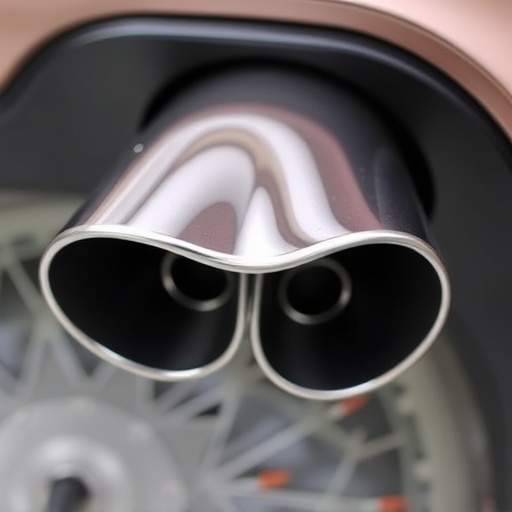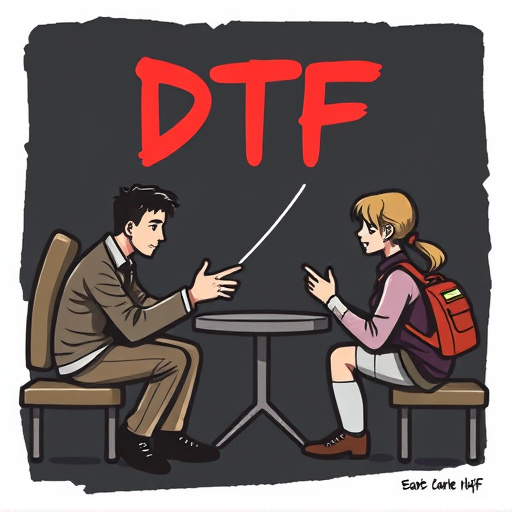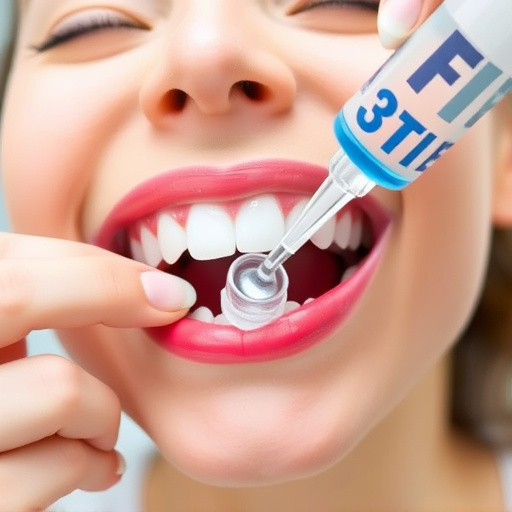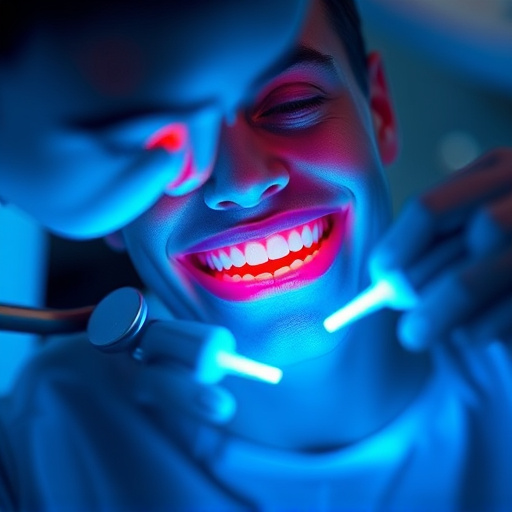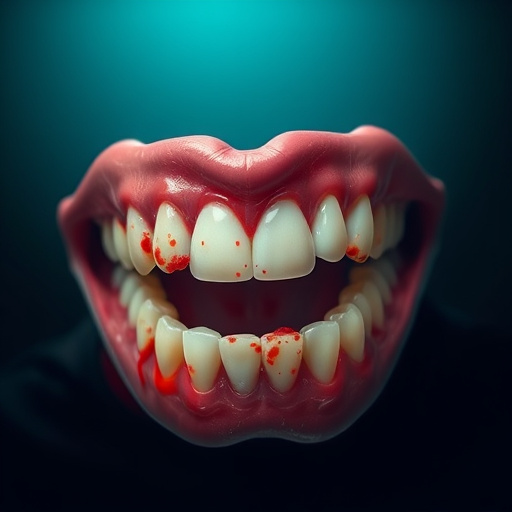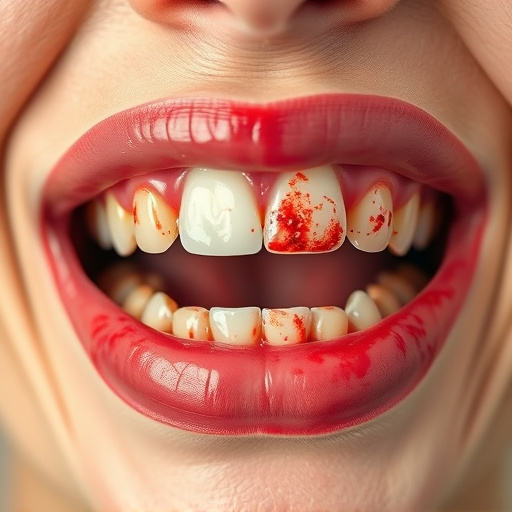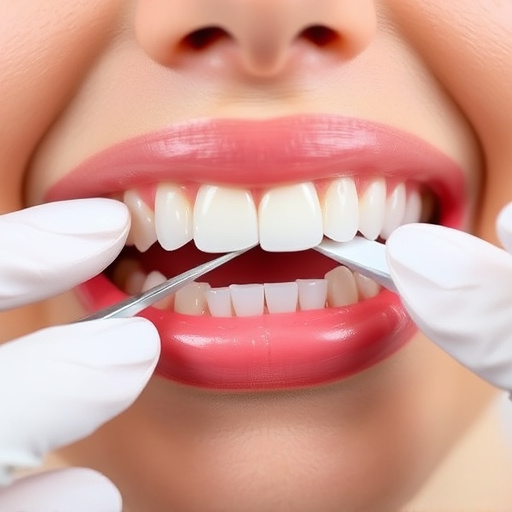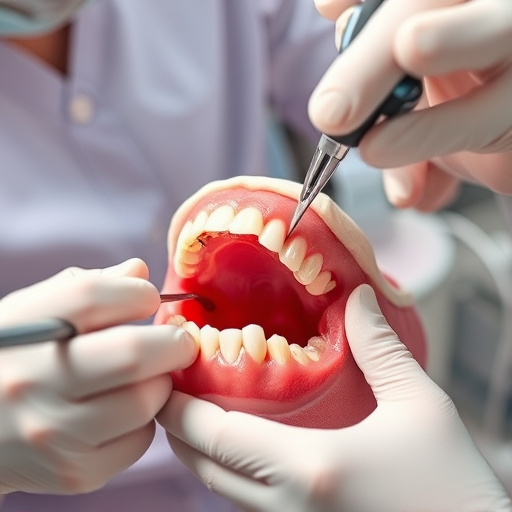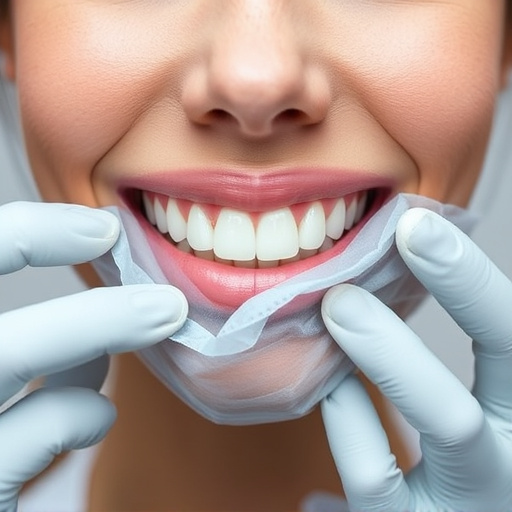Teeth grinding (bruxism) causes jaw pain and dental wear if untreated, driven by stress, anxiety, sleep disorders, or genetic factors. Early intervention includes improved sleeping habits, mouth guards, dental bonding, or clear aligners to prevent complications. Addressing root causes and professional guidance are crucial for effective teeth grinding treatment. Lifestyle changes, therapeutic exercises, and dental procedures offer solutions, with cosmetic dentistry restoring affected smiles.
Teeth grinding, or bruxism, is a common condition that can lead to significant jaw pain and dental damage if left untreated. This article explores effective teeth grinding treatment options aimed at prevention and relief. We delve into understanding the causes and effects, offering non-invasive treatments for managing dental wear, and providing lifestyle changes to stop nighttime jaw clenching. By implementing these strategies, you can find lasting solutions to bruxism.
- Understanding Teeth Grinding Causes and Effects
- Non-Invasive Treatments for Dental Wear Management
- Lifestyle Changes to Stop Nighttime Jaw Clenching
Understanding Teeth Grinding Causes and Effects
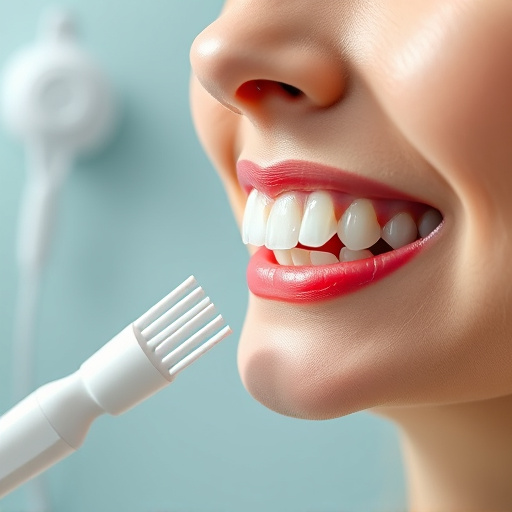
Teeth grinding, or bruxism, is a common condition that can lead to significant jaw pain and potential dental damage if left untreated. Understanding its causes is the first step towards effective teeth grinding treatment. The primary triggers include stress, anxiety, sleep disorders, certain medications, and even genetic predisposition. During sleep, the unconscious clenching or grinding of teeth can result in micro-traumas to the temporomandibular joint (TMJ), leading to chronic pain, headaches, and wear and tear of dental enamel.
Early intervention through comprehensive dental care is crucial. Dental professionals may recommend various treatments like adjusting sleeping habits, wearing a mouth guard during sleep, or even procedures such as dental bonding or dental crowns to restore damaged teeth. Addressing the root cause and seeking professional guidance can prevent further complications, ensuring a calmer, healthier jaw and a better quality of life.
Non-Invasive Treatments for Dental Wear Management
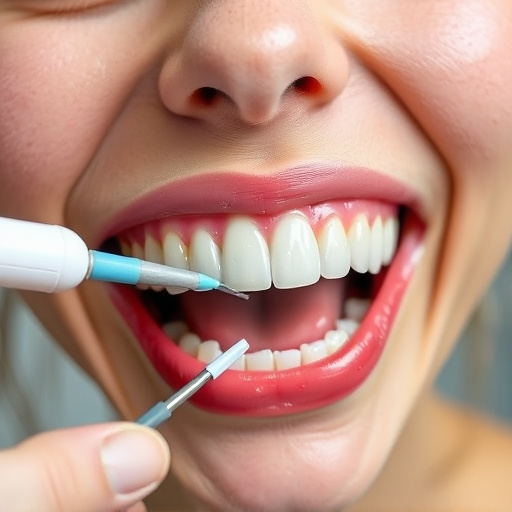
Many individuals seeking teeth grinding treatment also benefit from non-invasive approaches to manage dental wear caused by bruxism. One such method is dental bonding, a procedure where a tooth-colored resin is applied to repair chipped or worn teeth, helping to reduce the pressure on chewing surfaces and potentially alleviating jaw pain associated with grinding. This technique offers a quick and relatively painless solution for those who want an immediate fix without invasive procedures like wisdom tooth removal.
Another popular option in the teeth grinding treatment arsenal are clear aligners, similar to braces but invisible. These custom-made trays gently realign teeth over time, providing an effective way to correct malocclusion caused by bruxism. By addressing the root cause of dental wear and jaw discomfort, clear aligners offer a long-term solution without the aesthetic or physical restrictions sometimes associated with more traditional orthodontic treatments.
Lifestyle Changes to Stop Nighttime Jaw Clenching
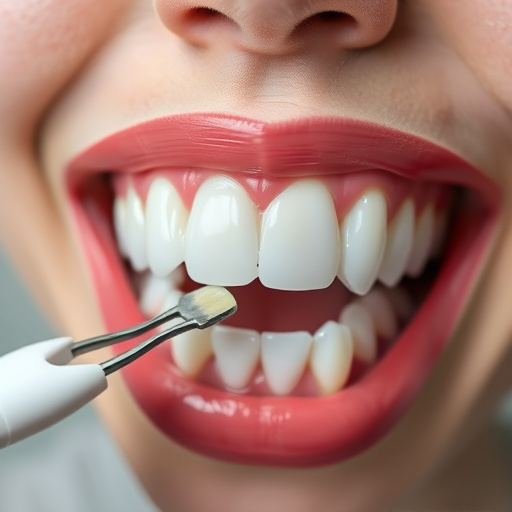
Many people suffering from teeth grinding don’t even realize they’re doing it—grinding or clenching their jaws unconsciously during sleep. This habit, known as bruxism, can lead to serious jaw pain and potential damage to your teeth over time. To stop this nighttime habit, lifestyle changes are often the first line of defense in any teeth grinding treatment plan.
Consider these simple adjustments to help break the cycle: reduce stress through relaxation techniques like deep breathing or meditation, establish a consistent sleep schedule, avoid stimulants such as caffeine and nicotine close to bedtime, and practice good oral hygiene by brushing gently and using a mouthguard at night to protect your teeth from wear and tear. In some cases, therapeutic exercises focused on relaxing the jaw muscles may also be recommended by your dentist, who might also suggest exploring options like dental crowns or implants if significant tooth damage has occurred. For those interested in a more cosmetic approach, various procedures offered through contemporary cosmetic dentistry can help restore a beautiful smile after bruxism has taken its toll.
Teeth grinding, or bruxism, can lead to significant jaw pain and dental damage if left unaddressed. However, with the right teeth grinding treatment, it’s possible to prevent and manage these issues effectively. By understanding the causes, exploring non-invasive treatments like mouthguards and relaxing techniques, and adopting lifestyle changes such as stress management and improved sleep habits, individuals can find relief from nighttime jaw clenching and protect their dental health. Incorporating these strategies into your routine can help you break free from the cycle of teeth grinding and its associated discomfort.




